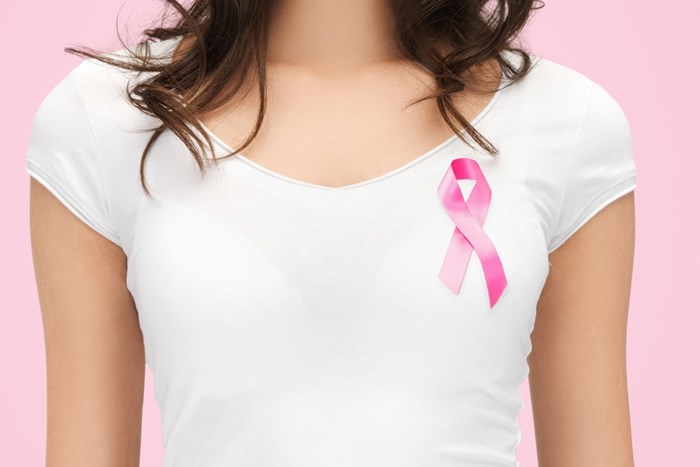
Gynecomastia surgery, or also referred to as male breast reduction, comes in different techniques based on the scar appearance. However, massive weight loss patients should accept that they need an extensive amount of work to achieve good results.
Most gynecomasia surgeries use a U-shaped incision within the lower border of the areola (about 4 to 8 o’clock) so the resulting scars blend in with the skin. With this technique, doctors are able to remove the excess glandular tissue.
However, only men with a young, elastic skin can reap the benefits of a U-shaped incision technique. MWL patients, meanwhile, generally have more redundant skin that must be removed to achieve the ideal masculine contour.
In severe cases of gynecomastia, the patient may need an anchor reduction technique in which the incisions go around the areola’s border, vertically down to the inframammary fold, and within the breast crease, leading to an inverted T-shaped scar.
Despite the more visible scar (especially the vertical line between the areola and the submammary fold), MWL patients should accept that it is the only way to achieve the optimal breast shape.
In the first few months, the scars will appear red and will continue to improve within a year. Oftentimes, they heal very nicely that their appearance will not bother most patients.
Original article available here



